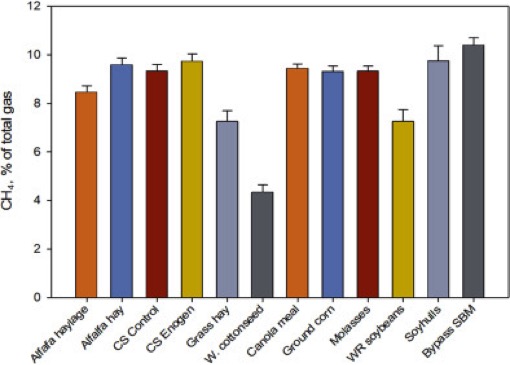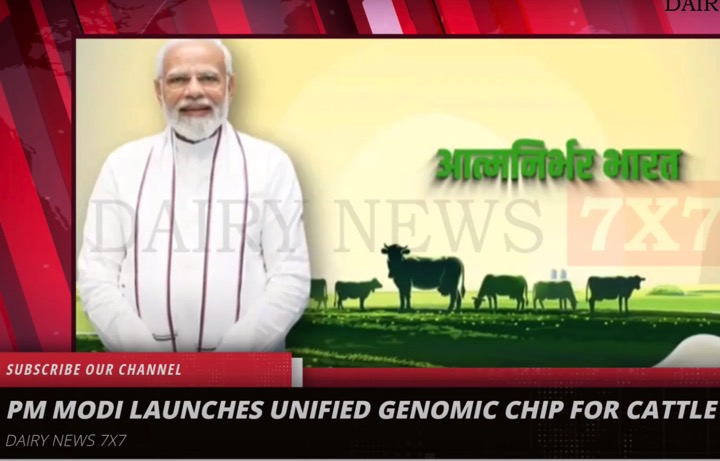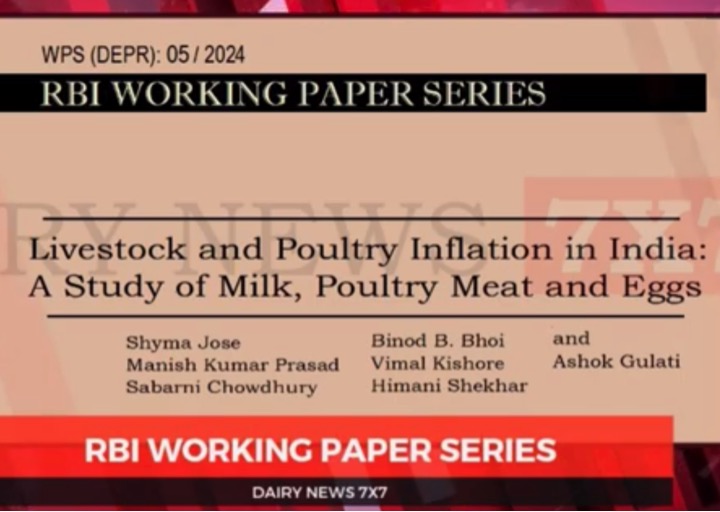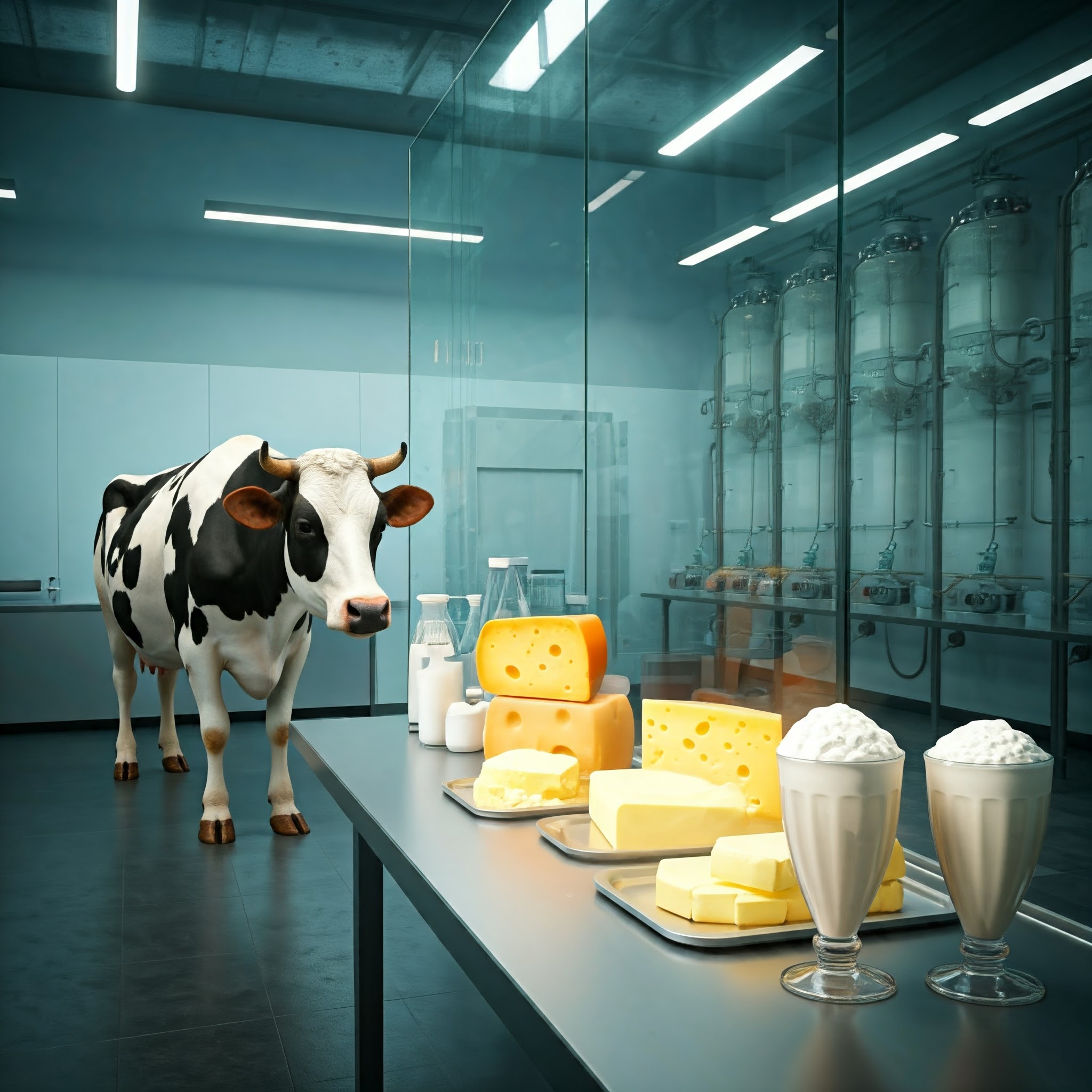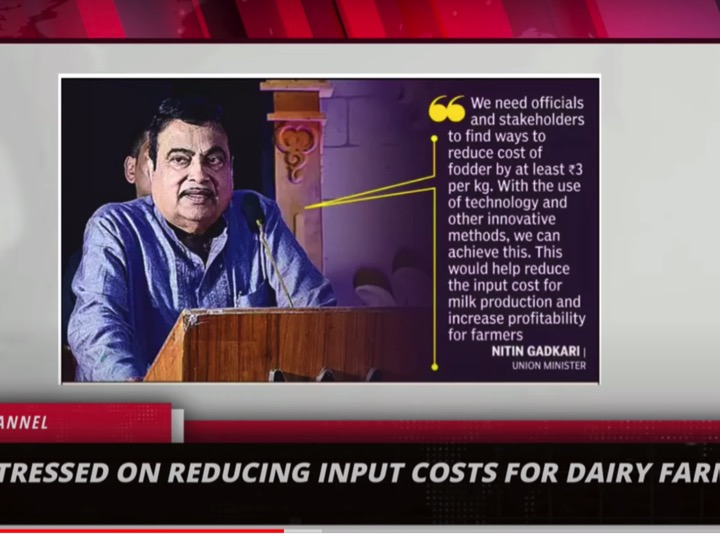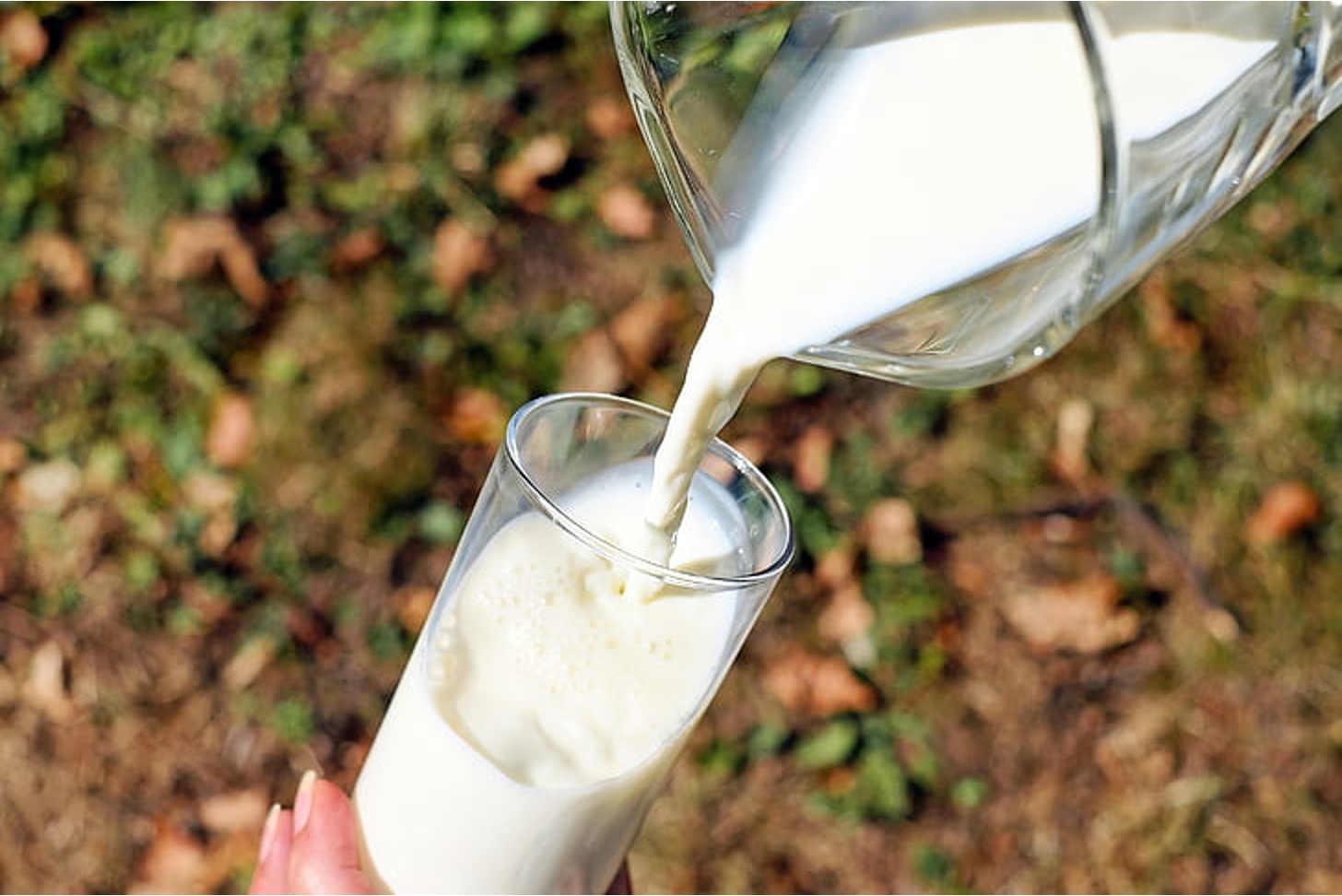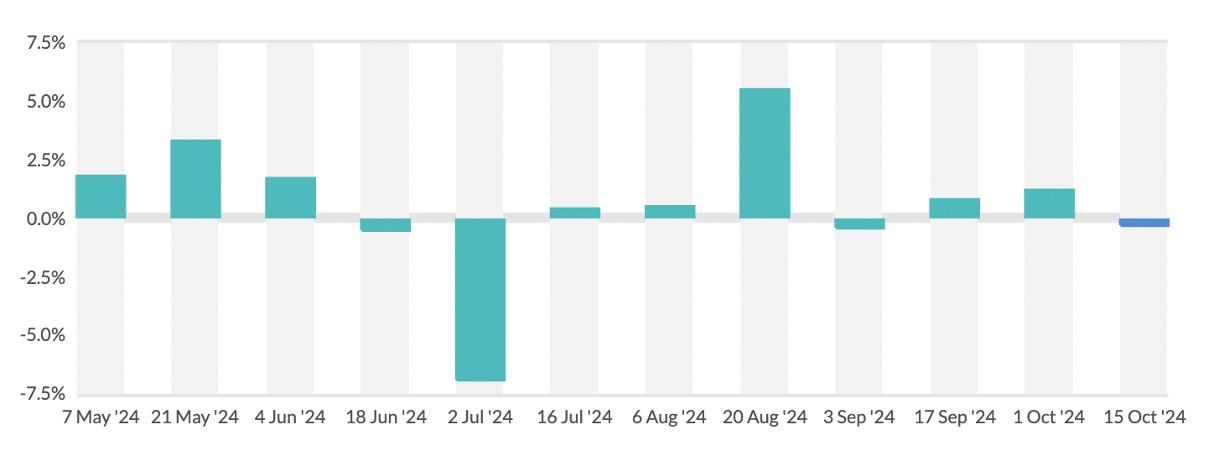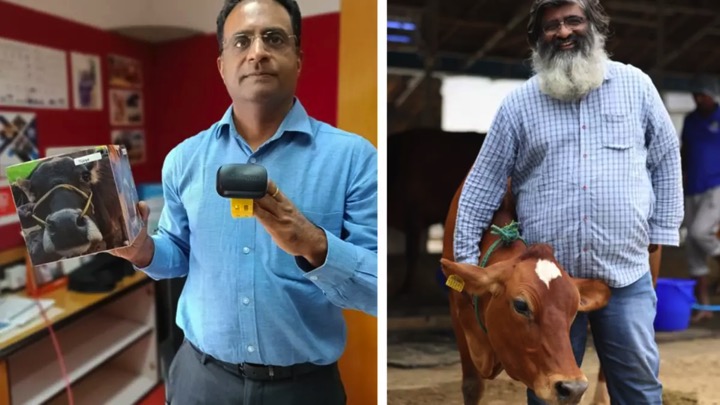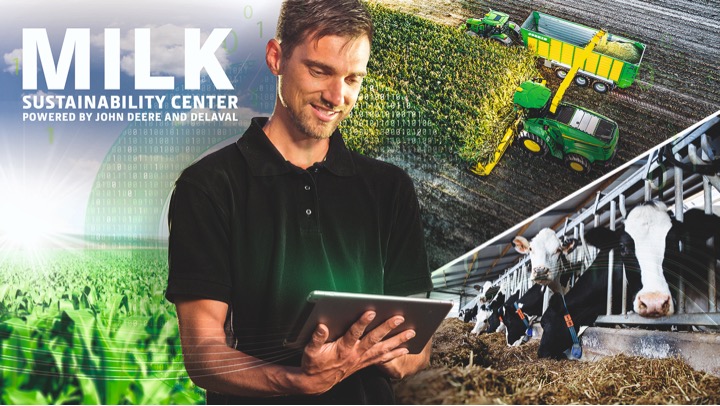Methane – Green House Gas
Methane, primarily from enteric fermentation and manure management, is the most significant greenhouse gas produced by ruminant livestock. Reducing methane emissions from livestock could substantially lower the carbon footprint of animal products and contribute to mitigating climate change. Although options may be limited, certain feeding practices can significantly reduce livestock enteric methane (CH₄) emissions. These practices can generally be divided into two categories: diet manipulation and feed additives.
In the first category, selecting specific forages and improving forage digestibility are likely to reduce enteric CH₄ emissions, though the impact, compared to current forage practices in the U.S. dairy industry, may be minimal to moderate. Increasing the dietary starch concentration presents another opportunity to decrease CH₄ emissions, but such interventions must be balanced against potential reductions in milk fat yield and farm profitability. Similarly, dietary lipids and oilseeds have been shown to reduce CH₄ emissions, but they can also negatively affect rumen fermentation, feed intake, and milk production and composition.
Feed additives as Methane inhibitor
There is strong scientific evidence supporting the effectiveness of certain feed additives, particularly the CH₄ inhibitor 3-nitrooxypropanol (3-NOP), in significantly reducing methane emissions from dairy and beef cattle. However, further research is needed to understand the long-term effects and external factors that influence the efficacy of this inhibitor. The practicality of applying other short-term mitigation practices, such as macroalgae, on a large scale is still uncertain.
More research is required to explore how different nutritional mitigation practices, including diet manipulation and feed additives, interact with one another and whether there is potential for synergy among feed additives with different mechanisms of action. Additionally, the impact of diet on manure composition and subsequent greenhouse gas emissions during storage (e.g., emission trade-offs) has not been thoroughly investigated.

Strategies for the future
Overall, if currently available mitigation practices prove to be consistently effective, and new, potent, and safe strategies are developed, nutrition alone could potentially achieve up to a 60% reduction in enteric CH₄ emissions from U.S. dairy farms. Diet manipulation, such as increasing the proportion of concentrate feeds and improving forage quality and digestibility, is a viable option to reduce enteric CH₄ yield and intensity, but the reduction is unlikely to exceed 10% to 15%. Further reductions in CH₄ emissions are likely to come from feed additives.
While bromoform-based macroalgae have shown promise, their practicality and consistency need further research, leaving 3-NOP as the most viable option for significant reduction of enteric CH₄ emissions in dairy operations. Continued research is needed to address questions around the consistency of these effects, potential rumen adaptation, and the broader impact of animal diets on manure composition and greenhouse gas emissions. If all current and future mitigation practices are effective, nutrition alone could deliver substantial reductions in enteric methane emissions from intensive dairy production systems.
Advances in nutrition and feed additives to mitigate enteric methane emissions by A.N. HristovOpen AccessDOI:https://doi.org/10.3168/jds.2023-24440


